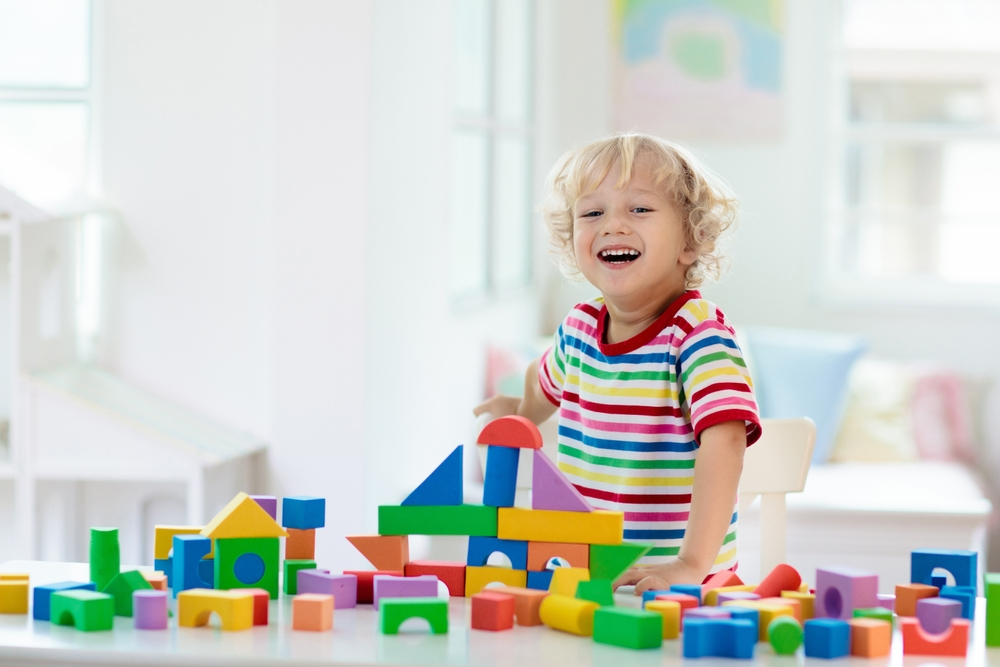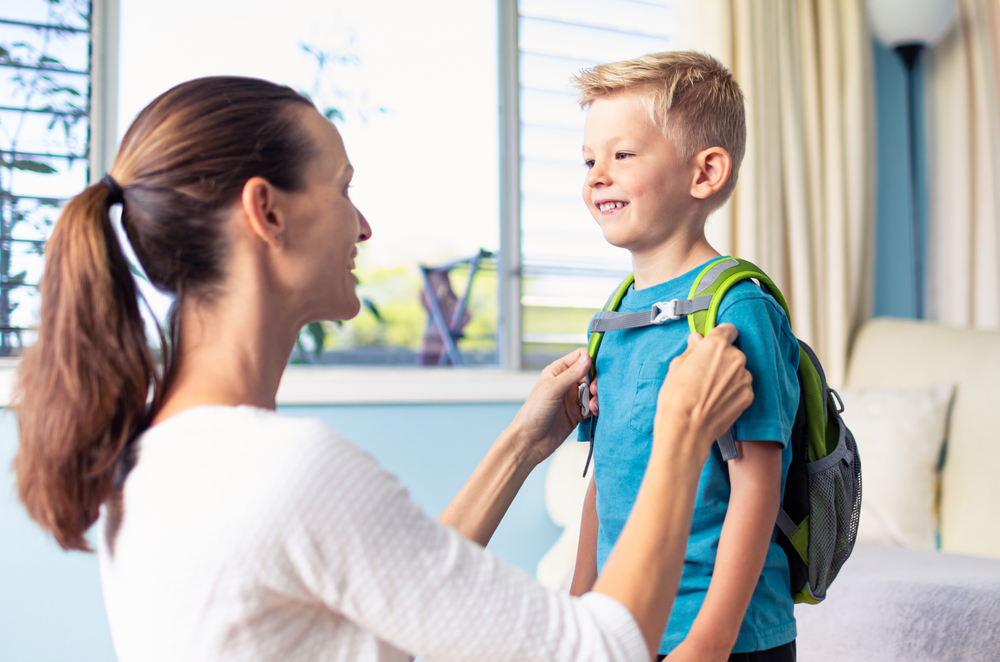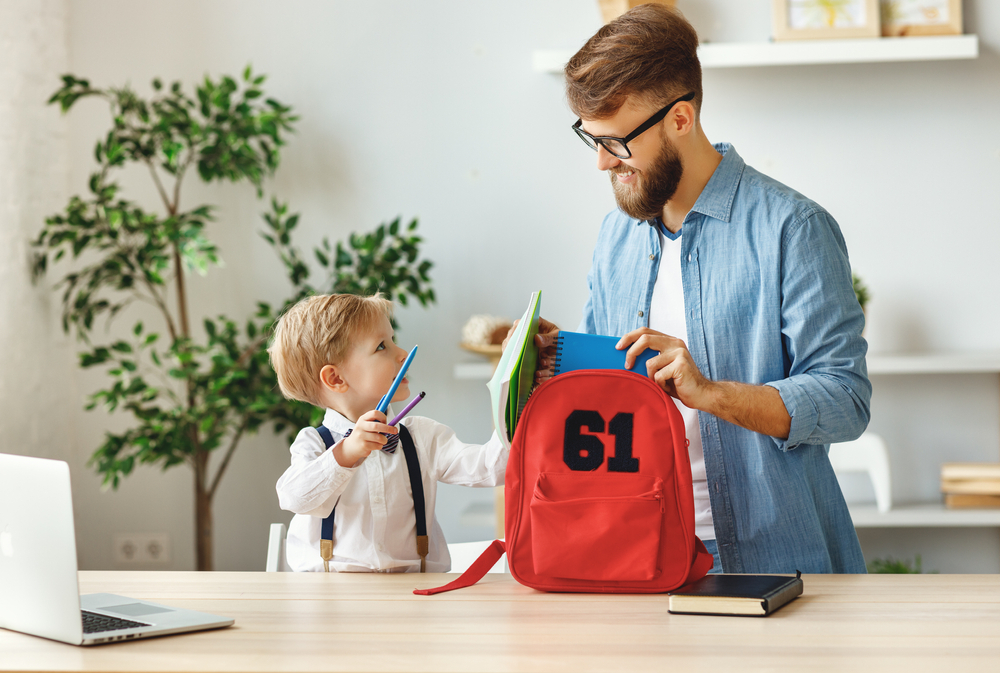
Preparing a child for preschool is not just about having the right supplies and knowing the drop-off routine; it’s about ensuring that your child is emotionally, socially, and intellectually ready for this new adventure.
Preparing your child for preschool is one of the most important steps in their early education, and understanding what it means to be ‘preschool ready’ is essential. Preschool readiness refers to the stage when a child is deemed emotionally, socially, cognitively, and physically prepared to handle and benefit from the structured setting and collective learning environment of preschool.
Understanding Preschool Readiness
Cognitive development is a crucial aspect of preschool readiness. Your child should be able to communicate needs, desires, and questions and should have a basic understanding of conversational turn-taking. The ability to focus on a task or story for a short period is essential for participating in preschool activities.
Physical Milestones
Physical readiness for preschool doesn’t just refer to being potty trained. It also includes the ability to manipulate small objects and perform tasks such as cutting with scissors or holding a pencil.
Activities that require running, jumping, and climbing are typical in preschool, and children should be physically ready to engage in them.
Approaches to Learning
A child’s approach to learning is a part of preschool readiness. A keen interest in exploring and discovering new things is a positive indicator. The capacity to deal with challenges and persist on tasks, even when they are difficult, is also important for preschool-aged children. Preschool readiness is not a single skill or trait, but rather a collection of abilities that will help your child to thrive in a preschool setting.
Emotional Readiness
Children need to develop basic self-regulation skills to handle the preschool environment. Teaching them to manage their emotions, like how to calm down after excitement or cope with disappointment, is crucial.
Begin to prepare for the separation that comes with preschool. You can start with short separations, gradually increasing the time spent apart. This helps children understand that you will always come back, reducing anxiety.
Talk to your child about what preschool will be like. Be positive and reassuring. Reading books about starting preschool can also help children recognize that their feelings are normal and shared by others.
Social Preparedness
Children will need to follow instructions from their teachers. You can practice this at home by giving simple, two-step directions and praising their efforts to listen and follow through. Engage your child in group activities where they can learn to participate, wait their turn, and understand the dynamics of interacting in a group setting.
Preparing your child for preschool involves more than just acquiring supplies and learning the route to school. It’s about nurturing their physical, emotional, and cognitive abilities in a way that builds confidence and excitement for the learning process. Developing these skills at home will help your child transition smoothly into the structured environment of preschool.
Creating a supportive home environment where children are encouraged to grow in these areas will give them the best start as they take their first steps into the wider world of education. Remember that each child is unique, so milestones may be reached at different ages. Consult with pediatricians or early childhood educators if you have concerns about your child’s readiness for preschool.

Emotional Preparation for Preschool
Preparing your child emotionally for preschool is a nuanced process that involves fostering a positive mindset about the upcoming change. It’s important to cultivate an atmosphere of excitement and enthusiasm when discussing preschool. Here are some practical tips on how to lay the emotional groundwork for a positive preschool experience:
Begin conversations about preschool well in advance of the start date. Use an upbeat tone to describe how preschool will be a place for fun, learning, and making new friends. Your positive attitude towards school will be contagious and can help your child look forward to the experience.
Use role-playing games to simulate a preschool environment, where your child can practice being a student. Also, visual stories that show characters having a good time at school can help your child visualize and develop a positive impression of preschool.
Use affirmative language to validate your child’s feelings regarding preschool. If they express excitement or happiness about an aspect of school, reinforce those feelings with encouragement and recognition.
Addressing and Managing Separation Anxiety
Separation anxiety is a common challenge for both children and parents as they approach the preschool years. To ease this emotional hurdle, consider the following strategies:
- Gradual Introduction to Independence: Before preschool begins, create opportunities for your child to spend time independently, such as play dates or short stays with relatives. These situations help your child learn that they can be safe and content without their parent’s immediate presence.
- Develop a Goodbye Ritual: Establish a consistent and reassuring goodbye ritual. This could be a special handshake, a hug, or a loving phrase. The predictability of a ritual provides comfort and the understanding that goodbye is not forever.
- Maintain a Calm Demeanor: Children can sense their parents’ emotions. If you stay calm and reassuring during separations, this can greatly help assuage your child’s fears. Keep your own emotions in check and convey confidence in your child’s ability to cope.
- Practice Runs: If possible, visit the preschool with your child before the first day. Spend some time there, allowing your child to explore the environment. If they see you comfortable and relaxed in the setting, it can help alleviate some of their anxiety.
Remember, each child is unique and will respond to these preparations in their own way. Listen to and observe your child’s reactions and adapt your strategies accordingly. Be patient and provide ample comfort and support as your child acclimates to the idea of preschool.
By addressing the emotional aspects of transitioning to preschool, you encourage your child to develop resilience and positive coping mechanisms that will serve them not just in preschool but throughout their educational journey.
Fostering Independence at Home
By focusing on self-care skills and integrating principles from educational philosophies such as the Montessori method, parents can effectively prepare their children for the structure and expectations of a Montessori preschool environment. Here we’ll delve into strategies for nurturing self-sufficiency at home, as well as explain how a Montessori approach can reinforce autonomy in young learners.
Developing Self-Care Skills
Self-care skills are an essential component of independence for young children. These skills not only prepare them for the practical aspects of preschool but also contribute to their sense of self-esteem and capability. Here are strategies to encourage the development of these skills:
Consistent routines help children understand what’s expected of them and when. Establish clear morning, mealtime, and bedtime routines that include tasks such as dressing, brushing teeth, and organizing belongings Break down tasks into manageable steps. For instance, instead of simply asking your child to get dressed, lay out clothing and guide them through each step – putting on underwear, then socks, then shirt, and so forth.
Positive reinforcement is key. Celebrate your child’s successes, no matter how small, to encourage continued effort and progress. Assign chores and responsibilities suitable for your child’s age. This might include picking up toys, helping to set the table, or watering plants. Allow your child to make choices about daily activities, like selecting an outfit or choosing a snack, to give them a sense of control and decision-making power.
Here are some ideas you can use to prepare your child for preschool:
- Prepared Environment: Create a child-friendly space at home where everything is within reach and suitable for their size. Use low shelves for toys and books, and provide a small table and chairs where they can work on activities.
- Learning Through Choice: Allow your child to choose their activities from a selection you provide. This helps them engage deeply with materials and tasks they’re interested in and builds concentration.
- Practical Life Activities: Introduce tasks that mimic real-life chores, such as sweeping, wiping tables, or simple food preparation. These activities improve fine and gross motor skills while instilling a sense of responsibility.
- Teaching by Showing: Instead of doing tasks for your child, show them how to do it themselves. Use slow, exaggerated movements to demonstrate and allow them to try on their own.
- Respect for the Child: Treat your child’s efforts with respect and avoid stepping in too quickly to correct mistakes. This approach builds resilience and problem-solving skills as they learn to correct their own errors.
By integrating these strategies into your child’s daily routines, you’re not only preparing them for the transition to preschool but also laying the groundwork for a lifetime of independence and self-motivated learning.

How to Use Readability to Prepare your Child for Preschool
Readability is an app designed to enhance your child’s reading skills, comprehension, and vocabulary—all crucial elements for preschool readiness. Our Storytime feature allows young children to hear stories every day, preparing them for Reading Time at school and giving them the foundation to learn how to read.
Download the Readability Tutor app today and watch as your child’s independence, reading abilities, and enthusiasm for learning soar!

 Español
Español